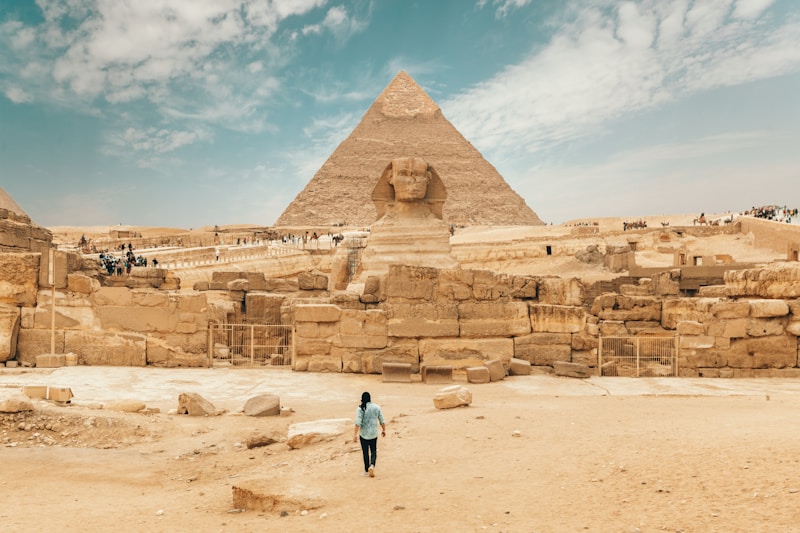The Kazakh People
Eagle Hunters of the Altai - Nomadic Horsemen - Guardians of the Eternal Sky
Who Are the Kazakhs?
The Kazakh people are a Turkic ethnic group numbering over 18 million, primarily inhabiting Kazakhstan (the world's ninth-largest country) with significant populations in China, Mongolia, Russia, and Uzbekistan. Descended from Turkic and Mongolic nomadic tribes who roamed the Central Asian steppes for millennia, the Kazakhs developed one of history's most sophisticated pastoral nomadic cultures. Their name derives from the Turkic word "qaz" (to wander), reflecting their mobile lifestyle following seasonal pastures with herds of horses, sheep, camels, and cattle across vast grasslands. The Kazakhs are renowned for eagle hunting (berkutchi tradition), where trained golden eagles hunt foxes and wolves—a practice requiring years of apprenticeship passed through generations. Their portable felt dwellings called yurts (Kazakh: kiiz üy) represent engineering marvels adaptable to extreme continental climates. Despite Soviet sedentarization policies and modernization, many Kazakhs maintain nomadic practices, and their culture—characterized by epic poetry, throat singing, horsemanship games, and animistic-Islamic syncretism—thrives in the 21st century.
Nomadic Pastoralism and Seasonal Migration
Kazakh nomadism involved cyclical jailau (summer pasture) and qystau (winter pasture) migrations covering hundreds of kilometers. Families moved with the seasons: mountain meadows in summer for cool grazing, lowland valleys in winter for shelter. This mobility required intimate ecological knowledge—reading weather patterns, identifying poisonous plants, finding water sources, and managing herd health. The yurt, disassembled in 2 hours and carried by camels or horses, provided portable shelter with ingenious circular design optimizing heat retention and structural stability. Felt layers (kiyiz) made from sheep wool provided insulation. The yurt's crown (shanyrak) became Kazakhstan's national symbol, representing family continuity and homeland.
Horsemanship and Equestrian Culture
Kazakhs are among history's greatest horse peoples, with the proverb "A Kazakh without a horse is like a bird without wings." Children learned riding before age five, and horses provided transportation, meat, milk (kumis—fermented mare's milk), and military advantage. The Kazakh horse breed, compact and hardy, survives extreme temperatures (-40°C to +40°C) and travels long distances on minimal fodder. Traditional games include kokpar (tug-of-war over a goat carcass on horseback), kyz kuu (catch the girl—a chase game), and alaman baiga (cross-country endurance races over 25+ kilometers). These contests demonstrated skills essential for nomadic life and warfare.
Eagle Hunting Tradition
The berkutchi (eagle hunter) tradition spans over 4,000 years in Central Asia, with Kazakhs as primary practitioners. Hunters capture young golden eagles (burkut) from nests, training them through patient bonding, hooded conditioning, and practice hunts. The eagle becomes a lifelong companion, hunting foxes and wolves whose pelts are valuable for winter clothing. Training occurs in harsh winter when pelts are prime. After 7-10 years, hunters release eagles back to the wild to breed. The annual Golden Eagle Festival in Mongolia's Bayan-Ölgii province (70% Kazakh population) showcases this art, with competitions testing eagle obedience, speed, and hunting accuracy.
Oral Literature and Musical Traditions
Kazakh culture treasures oral literature preserved by aqyns (bards) and jyrshy (epic performers). Epic poems like the Alpamys Batyr and Qoblandy Batyr narrate heroic exploits, moral lessons, and historical memory, performed during gatherings with improvised melodies. The dombra, a two-stringed lute, accompanies songs and serves as the national instrument. Kuy (instrumental compositions) convey stories without words—famous pieces like "Adai" evoke galloping horses. Throat singing and improvisational poetry contests (aitys) demonstrate verbal dexterity and cultural knowledge, with competitors exchanging witty verses on philosophical themes.
Modern Kazakhstan and Cultural Revival
Kazakhstan gained independence from the Soviet Union in 1991, prompting cultural renaissance after decades of Russification and forced sedentarization. The government promotes Kazakh language education, traditional crafts, and nomadic heritage as national identity markers. The capital Nur-Sultan (formerly Astana) features futuristic architecture incorporating traditional motifs like the shanyrak. However, challenges remain: language shift to Russian among urban youth, environmental degradation of pastures, and economic pressures reducing nomadic practitioners. Organizations document eagle hunting techniques, yurt-making crafts, and oral traditions. Many Kazakhs balance modernity with heritage—celebrating Nauryz (spring equinox festival), practicing traditional hospitality (qonaqasy), and maintaining clan lineages (jeti ata—seven fathers) connecting them to ancestral nomadic roots.
Image Gallery





